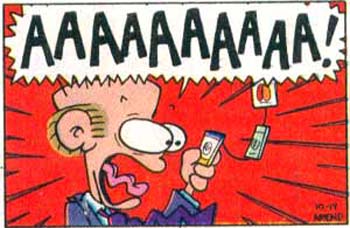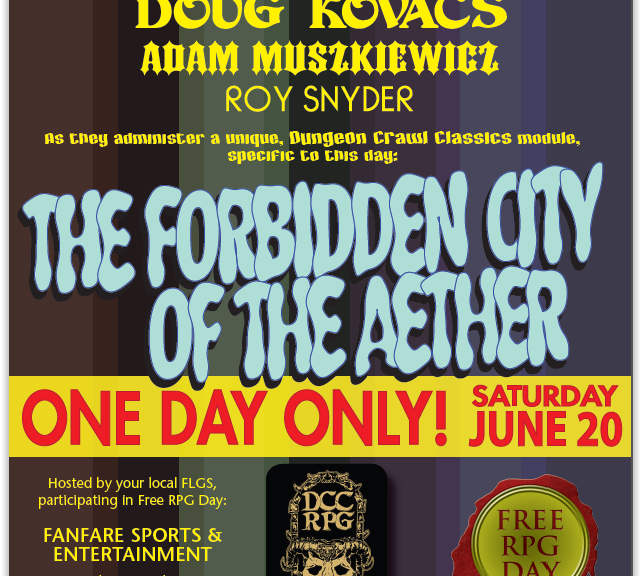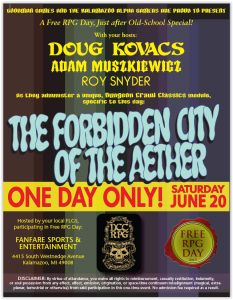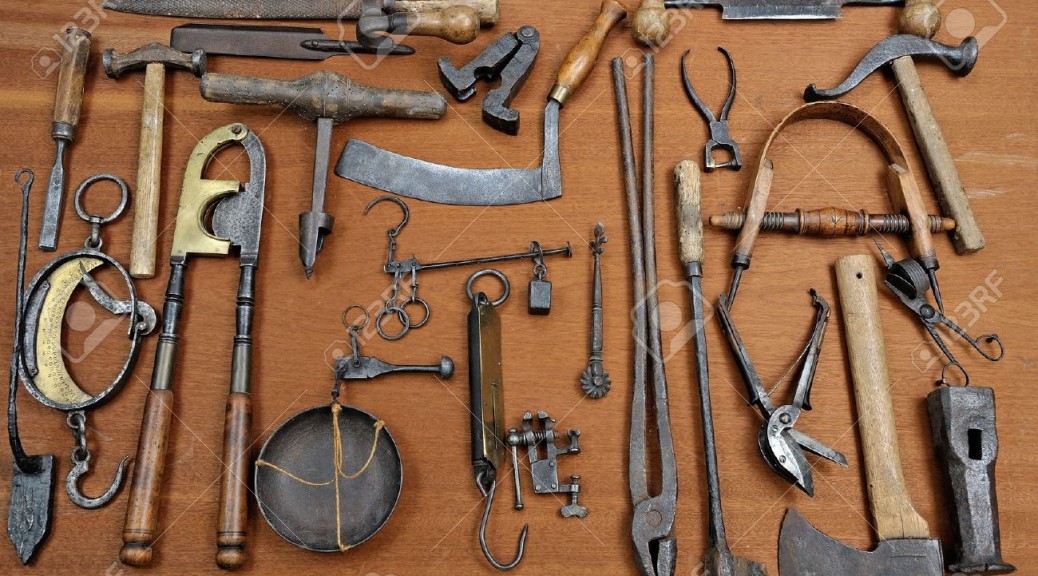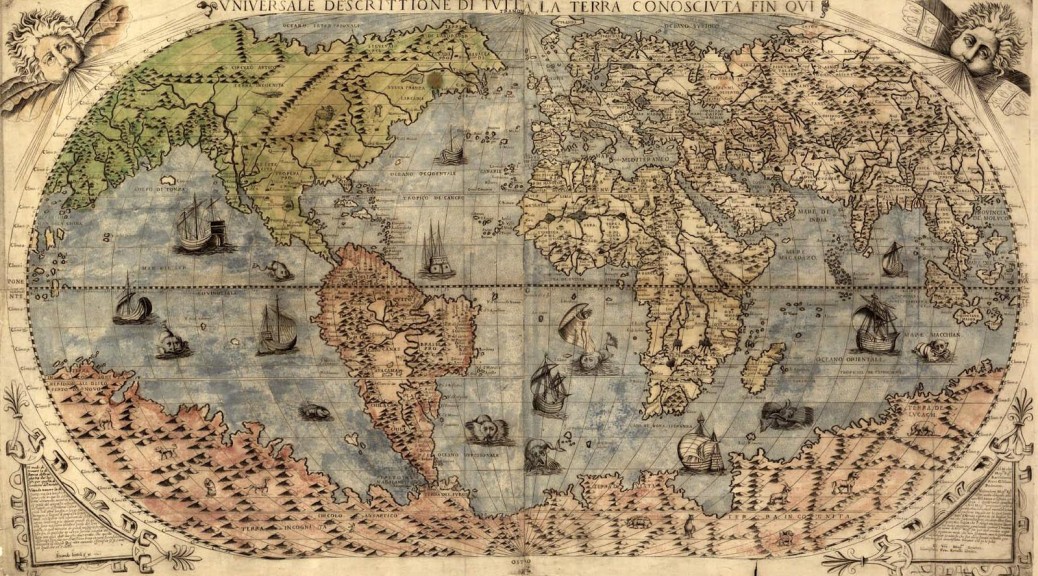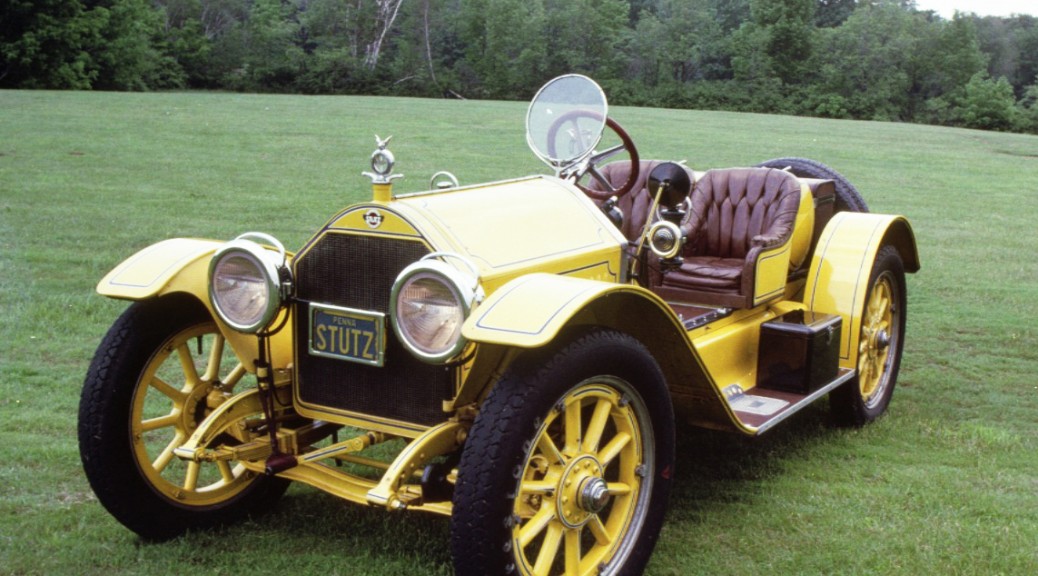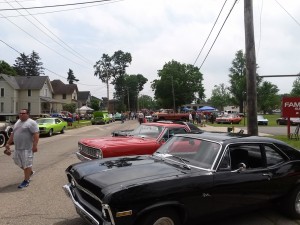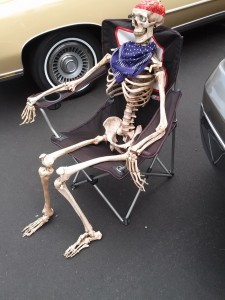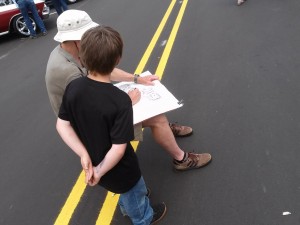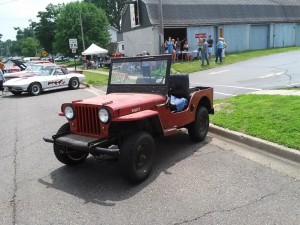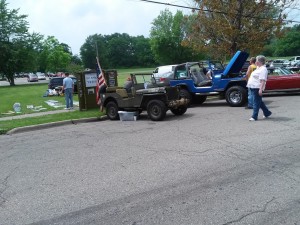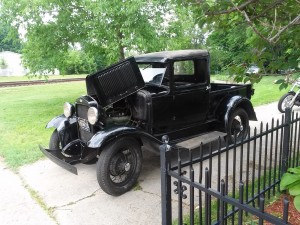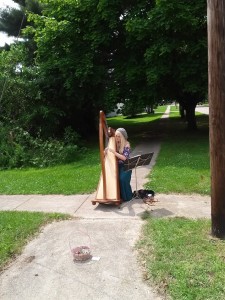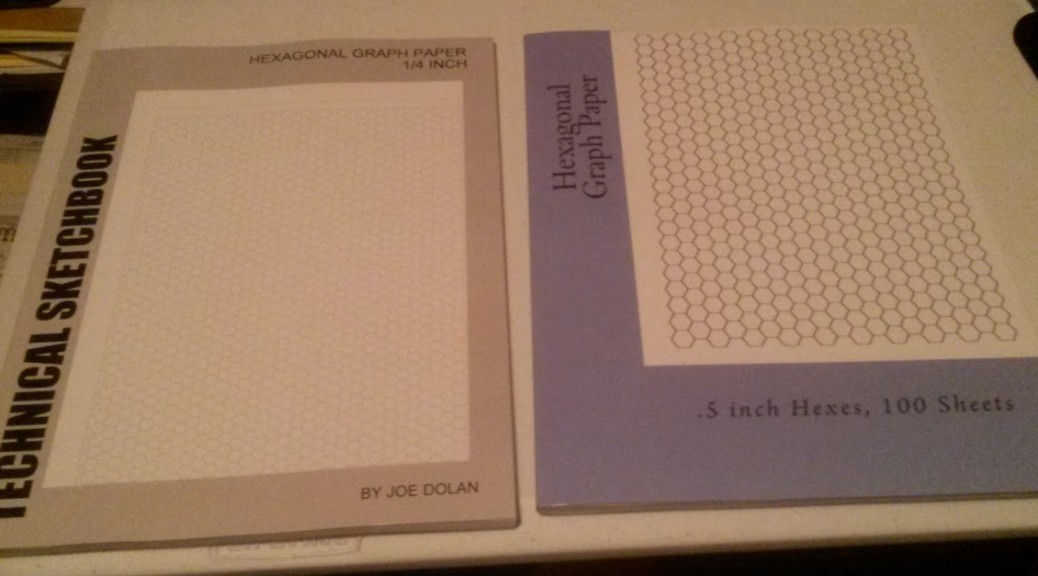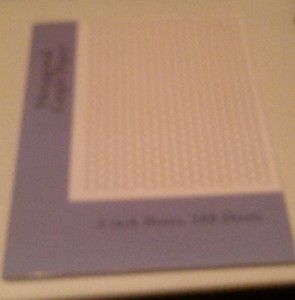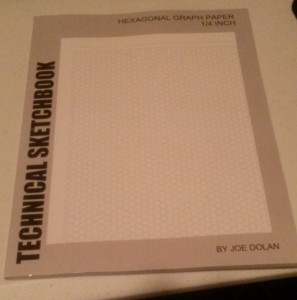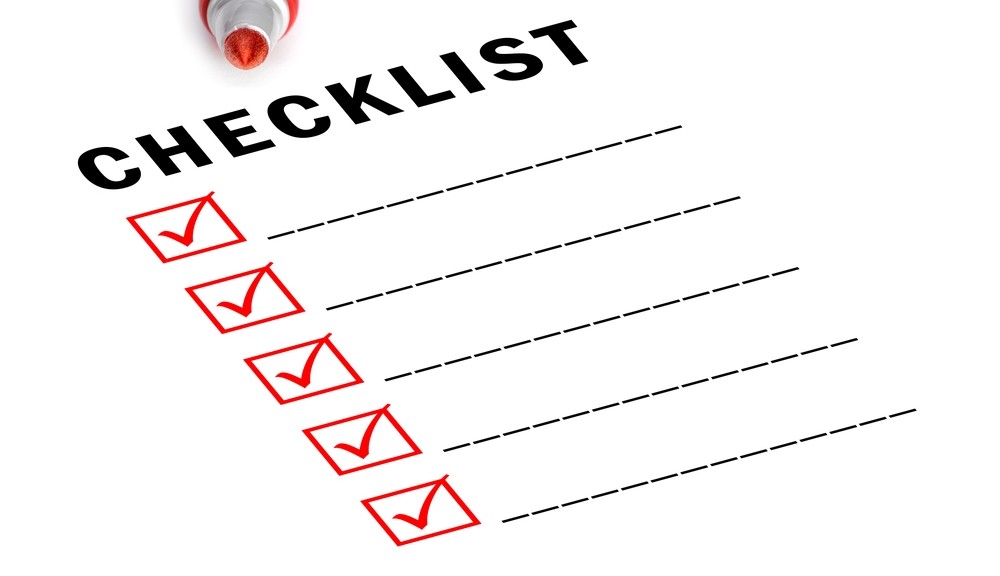I posted a review about two different published books of hex paper the other day. I shared the post on the
RPG Blog Alliance Community, and had this comment: “But then those hexes put an artificial constraint on mapping. First map, then grid.”
I started a reply, and it just got longer and longer, so I decided it made more sense to make a post out of it.
I’ve had the title for this post for several weeks, and was gong to write about it anyway, this just seems to fit.
Each DM must do what works best for them, when it comes to mapping. If making a map and then adding hexes, squares, or whatever it is you use, works for you, great!
There are two kinds of maps – those for the player and those for the DM.
As DM I need the hexes as I plot where things are to gauge accurate distances, etc. I already have maps, the one drawn by my brother, the artist, after he saw my original map 25+ years ago, and was like, “Just, no….:. He drew it on hex paper. He chose not to see the hexes when he drew it.
The other(s) are a collection of maps I put together from zooming in, and I changed my interpretation of the original map. I goofed and need to get one consolidated map to fix stuff I was just dealing with mentally during play. That only works with the player’s in my in-person game. For my start up of an online version of the game with the same starting point as the original players, I need to fix it.
For players, I can draw it however I want, and scale and accuracy don’t matter. (Unless it’s a science fiction or modern setting where technology and accurate maps are easily available.) The players just need an idea of how things relate to each other.
For games, there are two styles of maps, accurate and properly scaled and artful maps. Some have the talent to do both at the same time on the same piece of paper/computer interface.
I don’t want to do the map in Hexographer, for example, and then give it to players, they can guess where the hexes are, and learn things before they encounter them.
My chicken scratches on hex paper is so that I know at a glance what is where. It is a tool for use in play. For hex crawl style play, this is needed. I have always played the hex crawl style, we just didn’t call it that back then. We just called it play.
The player’s won’t see this map.
My player’s will only have maps that are available to the people of my world. They also have to be able to find the maps, and try to get a peek, or beg, borrow, or steal them. I am thinking of maps in the style of ancient and medieval maps.
Maps of large scale with close to the accuracy of modern maps did not happen until accurate clocks allowed tracking and plotting position. If you have seen maps that exaggerate how big Florida is, you will get my point. It changed size drastically as more accurate measurement of time and distance occurred.
Such maps give one an impression of the world that can have interesting repercussions if you follow them literally.
Even modern maps, such as flat projections of the entire planet skew the size of Greenland, and other places, to a ridiculous degree. One has to use a very creative representation on a flat surface to get size, coastline, and distances accurate. The best way to represent a planet is with a globe. Even then, the kind with relief that indicates mountains and valleys does not have an accurate representation. I have heard people say, and read it somewhere, that if the Earth were the size of a bowling ball it would be smoother than a bowling ball. Also a bowling ball scaled up to the size of Earth would have ridiculously high mountains and deep valleys.
No matter how we try to map, we don’t have a way, that I know of, to allow a person to see a representation of the whole planet, that is accurate in all aspects and allows one to see the entire surface as with a flat map.
Unless our fantasy world is flat, we can’t make an accurate map.
We have two choices, spend a lot of time doing the math and adjustments necessary to account for distances as one moves North or South, or just fudge it.
I tend to be a detail oriented guy, but the level of calculation needed to do that and make it perfect takes a lot of time that I could be putting into more maps or other game preparation.
Even a science fiction or modern setting for an RPG with accurate map making technology and easily available copies, it is easier to hand wave certain things. If a planet hopping science fiction RPG, I won’t map every inch of a globe, if there is a known location the players are seeking. If they do a different planet for each adventure, I’m not mapping a planet and placing all the cities and towns, and then not using them again. I may not make a map to share with the players, but just have a description of the atmosphere, continents, climate zones, and tech level. If I couldn’t find an online generator, I would build a script(s) to quickly spit this out for me, or just roll like a madman, like it was back in the day.
Some people can spit out maps a lot quicker than I can. For me, it is a challenge to make them not all look alike, especially dungeons. I explain some sameness as a cultural thing of the builders. Does anyone design a dungeon and then add the grid? I don’t know of anyone back in the day who did it that way. We all grabbed the graph paper we could find, whether 4 or 5 hexes to the inch. My group favored 5 squares to the inch. I use both sizes now. My aging eyes have a preference for the slightly larger 4 squares to the inch.
No matter what form of map we use to represent a solar system, planet, continent, country, city, village, dungeon, tomb, etc. It is not an accurate representation. Using the grid of squares or hexes to make an accurate plot, it only a two dimensional representation, height it missing. With no grid and whether hand drawn and scanned and further manipulated or drawn directly to computer via mouse or stylus and tablet, and made into a thing of beauty, neither is an accurate representation. Each only gives some of the information that is further conveyed by our descriptions of what our players see.
With theater of the mind, we can use a few apt descriptions and make those of us with less than fantastic map skills allow each player to construct the world in their own mind.
If we could generate directly from the mind what each of us “sees” for a certain world, I suspect that there would be very few parts of them match up exactly.
There is also another aspect to mapping. Use at the table for one’s own group, and publishing a product, be it a module, or a setting. For just a playable item, I can easily do it myself. For a map in a published product, I would either spend the time to get really good at making maps, or I would hire someone to do it.
The audience for the map tells a lot about the requirements for the map. I can have a few scribbles on paper, and I can run a game. If I want to take that idea and attempt to market it, I have to put a LOT more into it.
For me to take my world, or one of the adventures of my players, and make a publishable product out of it that stands a chance of selling, will take a lot of development to make happen. The few notes one can use to DM with quickly grows if one starts writing out what must be known to let someone else DM the same scenario. Even all that extra work to let others into my world, in whole, or in part, cannot begin to capture the way I see it in my mind. There was an infamous Kickstarter for a megadungeon that, from what I have read online, illustrates this point. What works for the creator to run his creation, is often insufficient for another to pick up and do the same.

